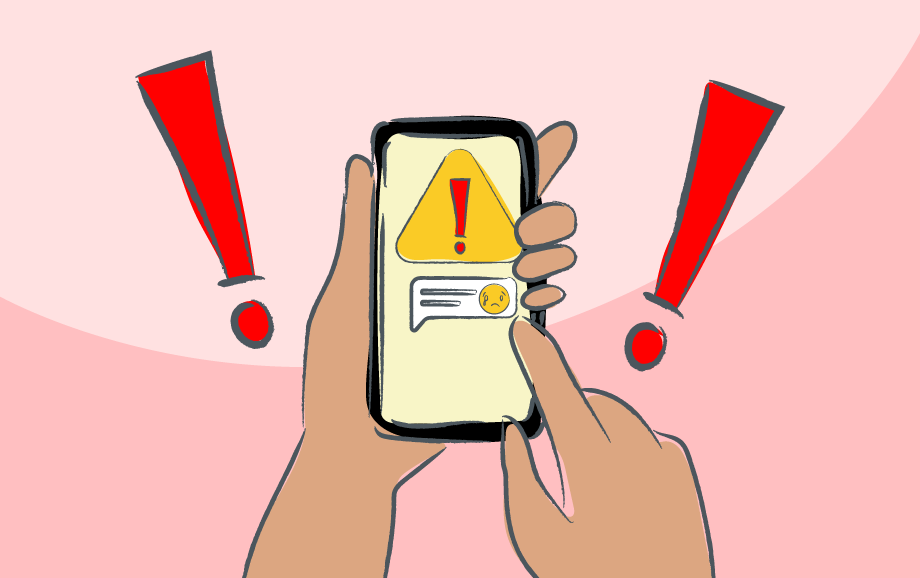Do No Harm
The Do No Harm principle recognizes that any program may have unforeseen circumstances. Read on for ways to minimize negative impacts on communities you are trying to help.

You may have heard of the Do No Harm principle. It’s a concept used by many organizations, including the UN and The Asia Foundation, to ensure that initiatives don’t accidentally cause harm or generate conflict.
The Do No Harm standard recognizes that any intervention or program, no matter how well-intended, may have unforeseen risks. The same is true of any social media campaign. Your well-meaning posts may in fact have unintended, even negative, consequences.
What can go wrong?
- Messages may be misunderstood.
For example, talking positively about building peace and common understanding may seem insensitive to people who are suffering from ongoing violence. - Social media campaigns may make people feel that they are being ignored or excluded.
For example, a campaign to mobilize young people may make village elders feel undermined. - Sharing misinformation, disinformation, or fake news (deliberately or accidentally) can lead to harmful actions.
During the Covid pandemic, influential people tried to share health advice that was incorrect or conflicted with health professionals, causing confusion and uncertainty. - Posts that target a certain group and are based on stereotypes or false assumptions may have harmful consequences.
In some countries, stereotypes about different groups and assumptions about the spread of Covid-19 resulted in more hate speech, discrimination, and violence. - A social media message may receive negative comments or posts.
Even the most well-meaning post may be inundated with negative comments, and very often, the more effective the post, the more negative comments it attracts.
How can you minimize the risks associated with posting/publishing online?
Understand that:
- Many different people may read your posts, not only your intended audience, and some may perceive things differently than you do.
- Words and images can be powerful, and this can be extremely positive (you have a successful campaign!) or negative (people are upset or hurt).
- Once you publish online, your words and images may be shared or used by others in different contexts.
But don’t let this stop you from accessing the powerful benefits of social media.
Before posting, ask yourself:
- Is the information you are sharing factually correct and up to date?
Tip
Do research, consult with experts when possible, and read about how to check for misinformation here.
- Are you relying on common stereotypes or inaccurate assumptions? This is easy to do, but it could reinforce rather than break down barriers.
- How will your target audience respond to this message? If you’re unsure, test it out!
- How could this message be perceived by others outside of your community or target audience? (Again, test your message on someone outside your organization!)
- Could your post be taken out of context? You may have a valid point to make, but how does it relate to events and other factors present in the environment around you?
- Are you prepared to monitor and curate the responses to your content?
We all make mistakes from time to time, so don’t be afraid…
Go forth and post responsibly!
Stay positive!
Sometimes, people say things online that they would never say in front of people. Everyone has seen angry posts that achieve little except to upset other people. Being rude or critical of someone can have real consequences, and it is generally better to stay positive.
Three tips for dealing with negative feedback:
Focus on facts. Emphasize your reasons and show the information. That will be more convincing and will reinforce that the disagreement isn’t personal.
Don’t get personal. Present your ideas effectively; don’t criticize others.
Listen to other people. People who see things differently can contribute to your position, too.
For further tools on how to handle online trolling: ASHA Civility Digital Toolkit: Civility Scenarios.



 Back
Back